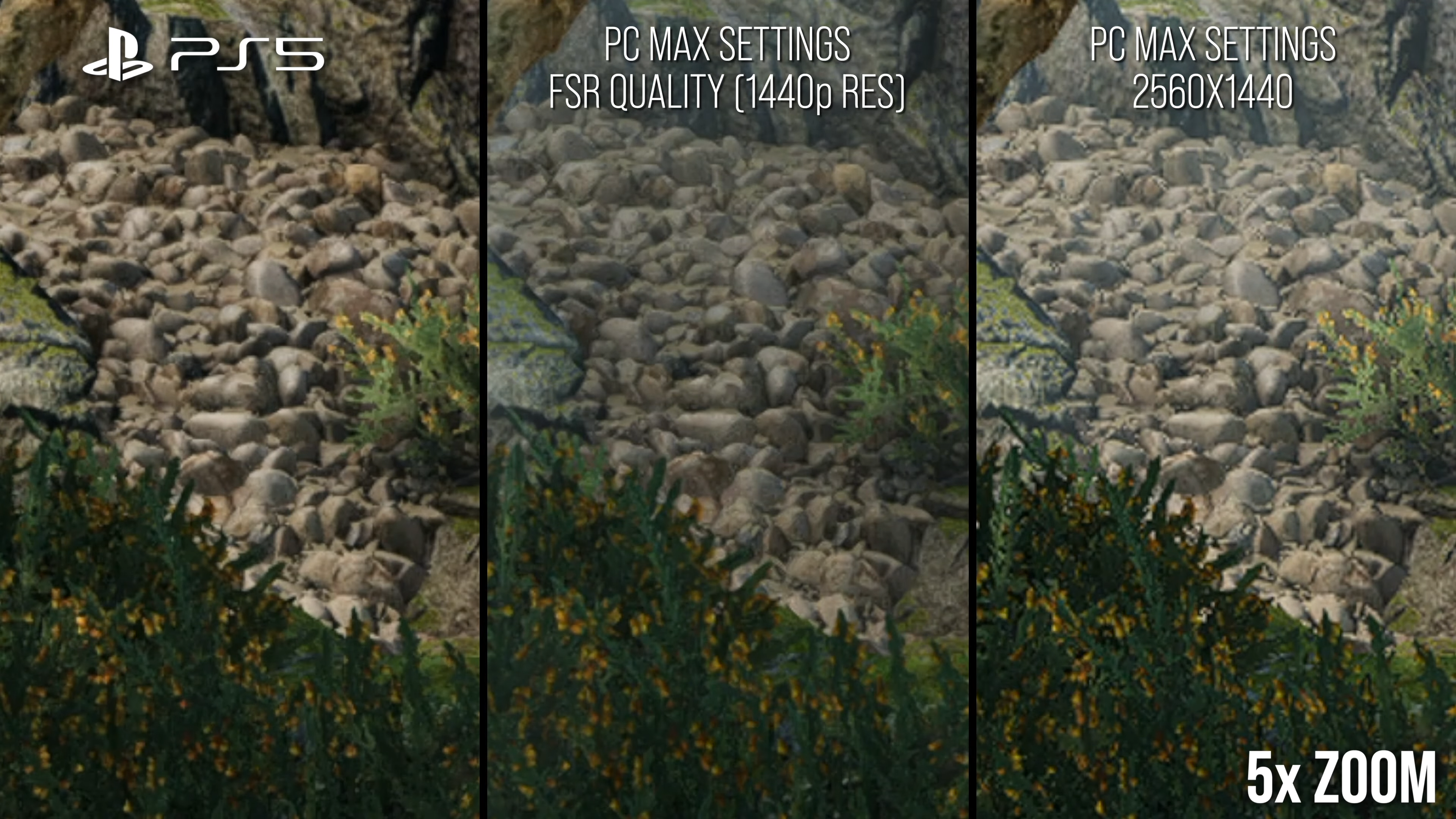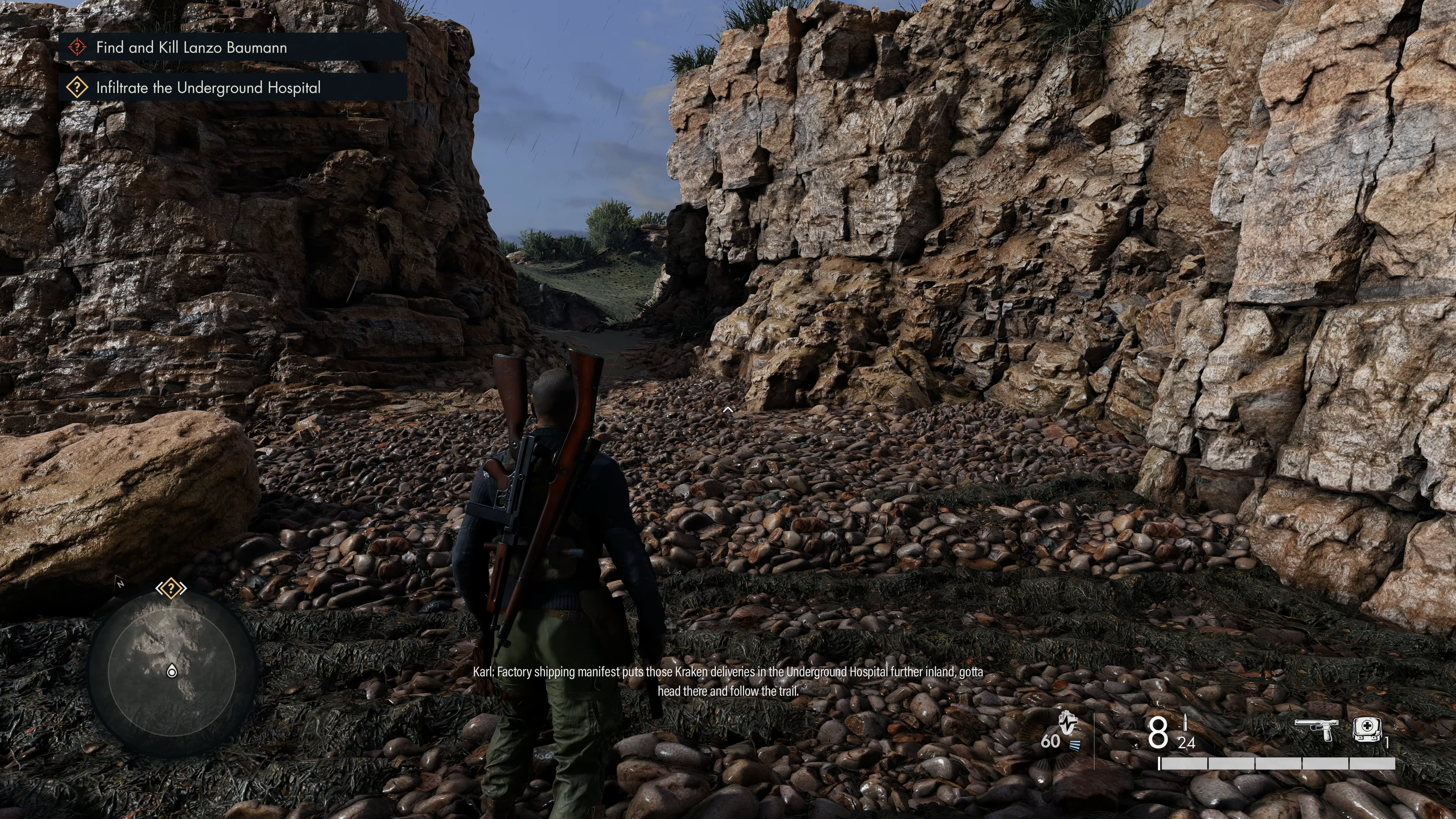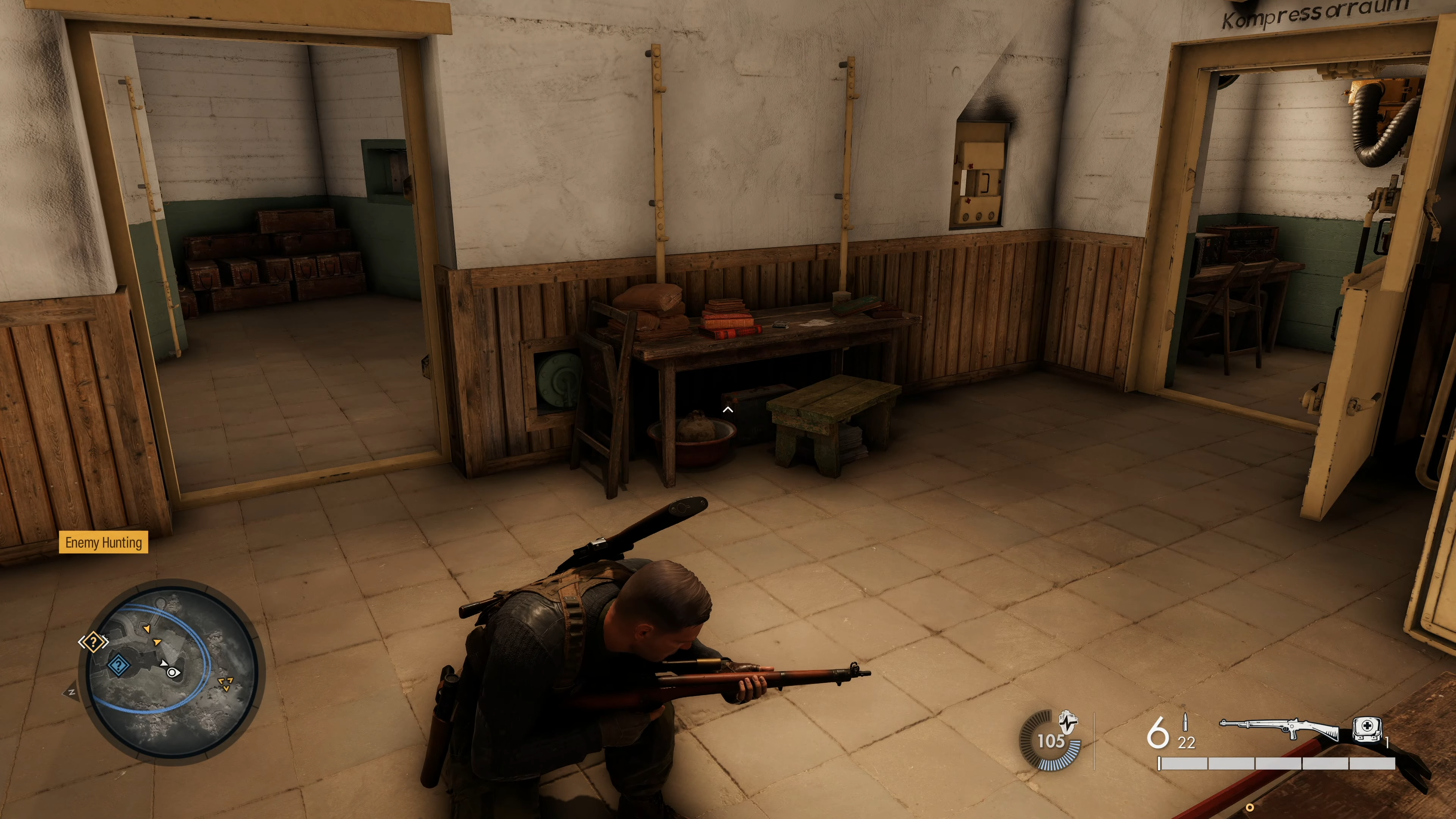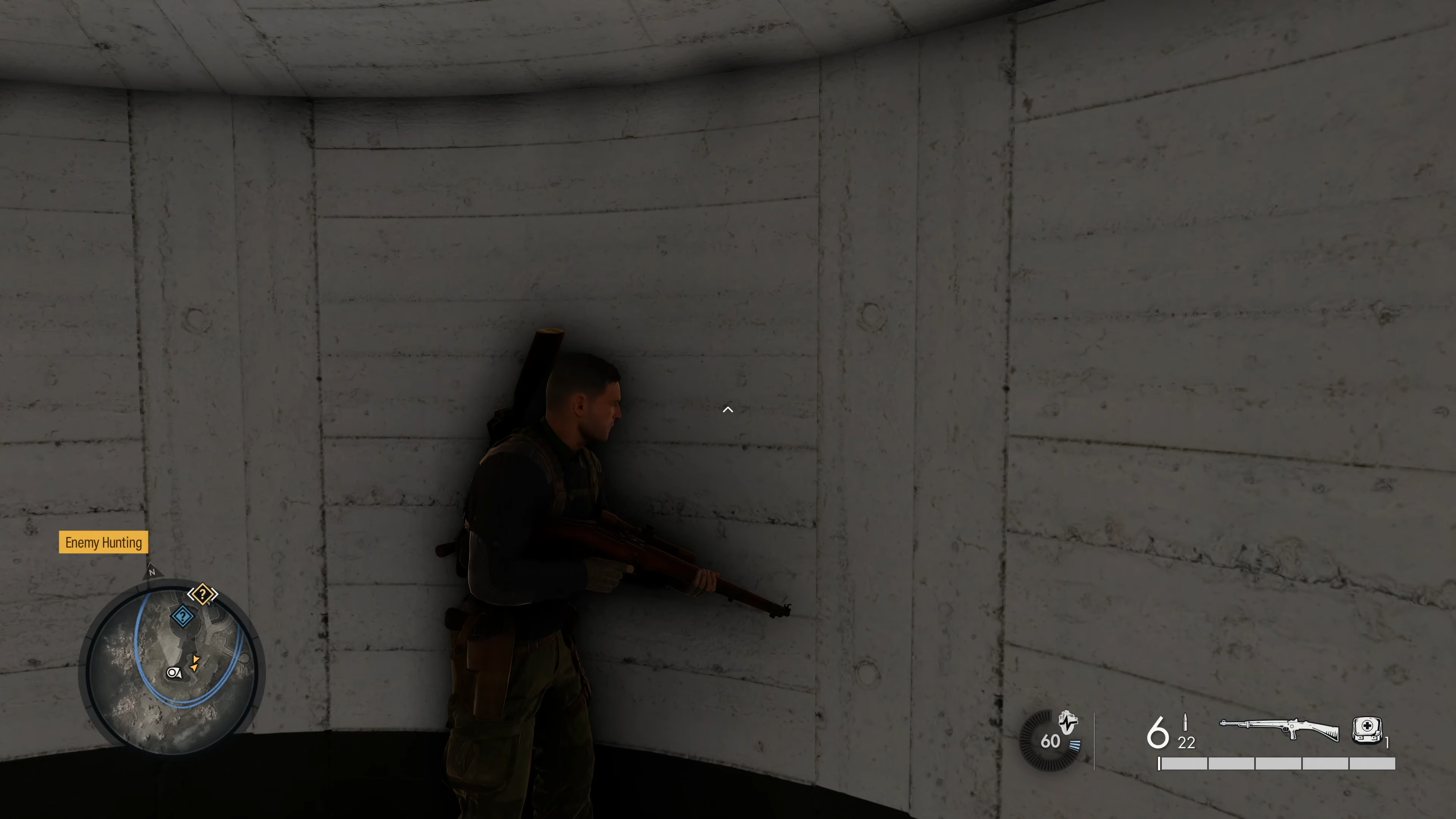Before we get into the deeper technical changes, let’s cover the basics. All current-gen console versions use a dynamic resolution, maxing out at 4K on PS5 and Series X and 1440p on Series S. Minimum resolutions were measured at 1440p on PS5, 1656p on Series X and 864p on Series S - although 1080p is more typical. So far, so standard, but then this base resolution image is cleaned up with post-processed AA, rather than a more standard TAA. That unfortunately results in rather aliased results and stability issues in motion. What looks like AMD’s FSR 1.0 technology is used to upscale to the console’s final output resolution, which produces a sharper image - albeit one with shimmering in foliage and specular elements. Use of these two spatial techniques mean that PS5 and Series X end up with a somewhat noisy final result, but Series S really struggles with coarse edge detail and extra shimmer. Using temporal information (as in TAA) would fix many of these issues, so it’s curious to see that Rebellion ultimately chose to go with an older-style non-temporal AA. Thankfully, performance is more straightforward. PS5 and Series X deliver a locked 60fps during gameplay, but you can expect ~50fps during cinematics and occasional frame drops during x-ray kill cams - noticeable, but ultimately not bothersome given the very variable frame-rate in Sniper Elite 4 on console. The Series S release fares worse, with frame-rates in the 50s during gameplay in scenes with many enemies or dense foliage, and in the 40s for cinematics and kill cams. Given the already low base resolution of the game on Series S, a 30fps cap could make sense to guarantee more consistent results - and might allow the game to run at a higher resolution more of the time. So resolution and performance are something of a mixed bag, but the graphics as a whole have made clear strides since the last Sniper Elite title five years ago. The first thing you’ll notice is the game’s gory x-ray cams appear a little less gristly this time around, with the disturbingly realistic deformations to character meshes being somewhat masked by particle effects and blood splatter. There’s still some technically complex changes to the mesh going on, but the older and more obvious approach in Sniper Elite 4 arguably produces a more satisfying result. Elsewhere, the game offers clear improvements over its predecessor, thanks to a move to a photogrammetry-based art pipeline. This results in more realistic materials on surfaces like wood and stone, refined indirect lighting and subtler specular highlights. The density of environmental meshes has been bumped up as well, with detailed meshes for incidental details like rocks, and very finely sculpted natural geometry. Thousands of unique art assets were reportedly captured for this title, including old military hardware like tanks and artillery, and it gives the game a much more modern feel than prior entries. Some of the incidental details also impress. The water ripples are a particular highlight, which show beautiful tessellated deformation as the player walks through shallow areas. Shadowmaps also resolve with a lot of fine detail and exhibit minimal aliasing, which is particularly noticeable on narrow foliage elements. While lighting and shading have improved, some interior scenes can look odd. Ambient shadowing, which seems to use a mix of baked elements alongside SSAO, is very strong. Objects are surrounded by thick dark outlines and the player character projects a halo of shade onto surrounding geometry. A more restrained effect or the use of a more advanced AO technique could have produced more natural results. Interior lighting can also look flat at times and some objects can appear a bit out-of-place, especially in rooms that lack strong direct light sources - like those lit by stained glass windows. Elsewhere, character animations lack a bit of finesse which results in some cartoonish looks, but thankfully conversations between characters are short and largely consigned to cutscenes bookending each level. There are quibbles here and there, but on the whole Sniper Elite 5 is worth playing - especially if you can get it on Game Pass. It’s got a satisfying gameplay loop, built around careful long-distance kills in open-ended environments, and benefits from its visual modernisations and the team’s new photogrammetry-based approach to asset creation. The greater performance unlocked by PS5 and Series X/S also contributes to a more responsive experience. The main technical concern here really centres on the use of post-processing-based AA and upscaling, which produces sharp-looking but temporally unstable results. Image quality isn’t quite where it should be, particularly on Series S, which could also benefit from some settings tweaks to ensure a stable framerate. Still, this is a series - and an engine - that we’re eager to see more of. Rebellion is one of the few remaining independent developers to work with in-house technology, and the work they produce often fascinates.




